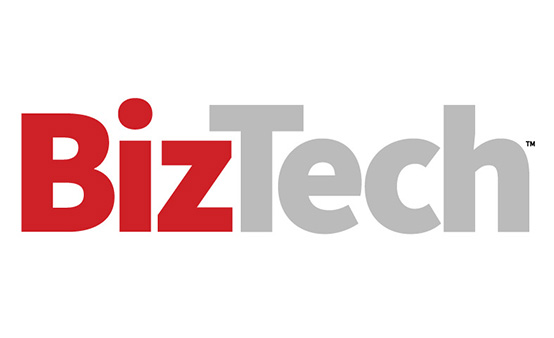Businesses can also seek out expert assessments and deployment services from leading observability platforms to ensure integration across diverse cloud environments. A tech partner can also fine-tune a chosen set of tools for optimal performance.
“I think starting with us is a good way to go, and then we can help to make a determination as to which way an organization should go from there,” says Mark Beckendorf, head of full-stack observability for digital velocity at CDW. He explains that observability is far from being one-size-fits-all. His team helps businesses identify and fix blind spots unique to each organization. “It is truly core to digital transformation. It’s how you run your IT operations as a whole.”
FIND OUT: Maintain the health and performance of your IT with observability services.
2. Embrace Cloud Management Platforms for Unified Views
There’s also a significant difference between having multiple clouds and having a true multicloud environment, notes Nicholas Holian, worldwide field CTO at Nutanix. With a multicloud architecture, users benefit from an integrated environment across private and public clouds that can be managed in one unified environment.
Adopting multicloud management platforms can consolidate resources, cost tracking and usage analytics. IT teams also gain added transparency through the dashboard feature.
VMware, Microsoft and Amazon Web Services all offer these cloud management platforms and managed services to optimize visibility. Businesses can also opt for a supercloud architecture that’s complementary to multicloud, which offers greater data access and governance policies across diverse cloud environments.
How an organization views its consolidated data is up to them, Beckendorf says. Some teams may opt for a unified dashboard, while others may prefer the visual of a heat map or interactive chart with customizable interfaces. The bigger priority is helping businesses gather all of the data initially.
“Collecting all of that data into a common location is really critical,” Beckendorf says. Regardless of how they choose to have insights visualized, businesses shouldn’t leave their cloud platforms — and the data within them — in silos.
Completing this step is crucial, and it will make it much easier for teams to receive comprehensive details when an issue arises.












